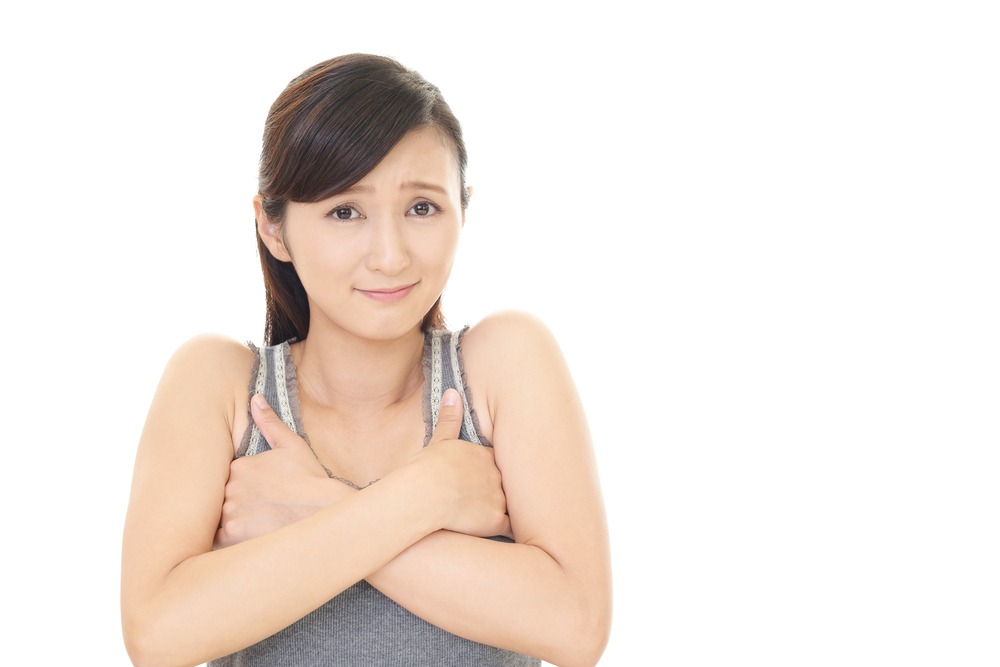Excessive sweating is also known as hyperhidrosis. Regardless of the type or the reason for hyperhidrosis, it is socially humiliating and occupationally debilitating. Excessive sweating on the hands may ruin paper and artworks; it may even affect the way your play musical instruments. Those who constantly have contact with paper, electricals and metals cannot work efficiently.
Hyperhidrosis may bring about stains and can also cause damage to dresses and shoes. Generalized or regionalized hyperhidrosis may leave people with wet attire that must be changed in various circumstances every day.
The reasons for hyperhidrosis are many and include fever, neoplastic and neurologic diseases, metabolic problems, and medications. Other conditions include cancers, scinal cord injuries, Frey syndrome, arthritis, keratosis and cold injuries.


